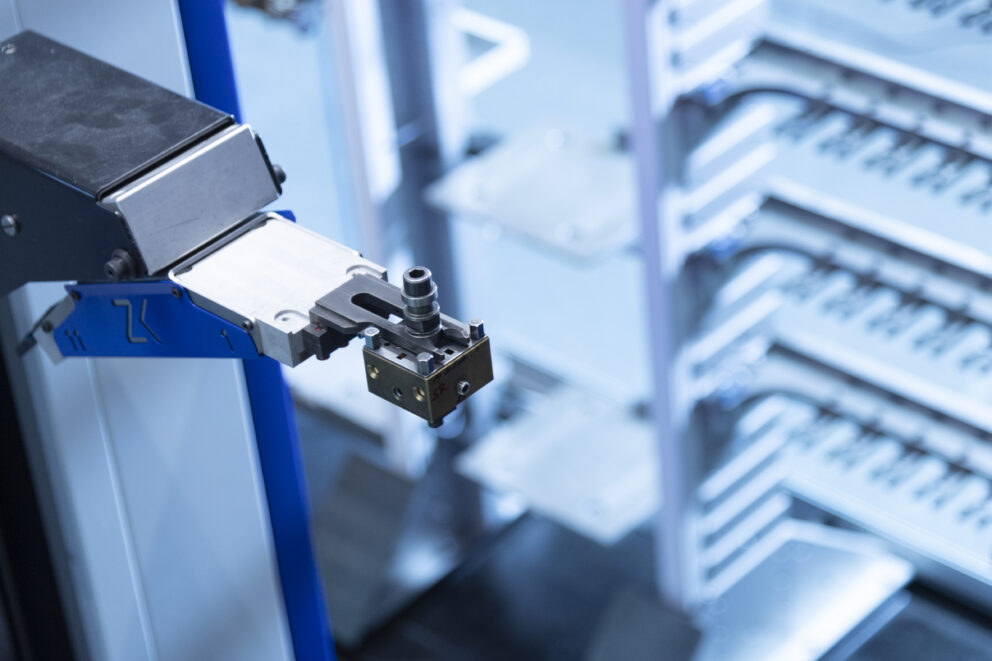Toolmaking
Possibilities
THE WORLD OF TOOLMAKING
Hardenable up to
approx. 0–0 HRC
Tool size
0–0 mm
Materials
aluminium or steel
Manufacture from
3D data and/or drawing
Hardenable up to
approx. 0–0 HRC
Tool size
0–0 mm
Materials
aluminium or steel
Manufacture from
3D data and/or drawing
USE CASE
Technology
FROM CLASSICAL TO INNOVATIVE
Conventional mould making: production of injection moulds from the solid using conventional methods such as milling, wire-cut EDM, die-sinking EDM, laser cutting, waterjet cutting or grinding.
Additive toolmaking: Use of metal 3D printing to produce printed injection moulds and 3D printed mould inserts.
Die-sinking EDM uses electricity and spark discharge to remove material. In conductive materials such as hard metal, steel, aluminium, copper alloys and titanium, three-dimensional geometries can be introduced and components manufactured with the highest precision. We achieve a surface quality of up to VDI 18 (Ra 0.8) without creating stresses in the workpiece.
DO YOU HAVE ANY QUESTIONS?
Loading




